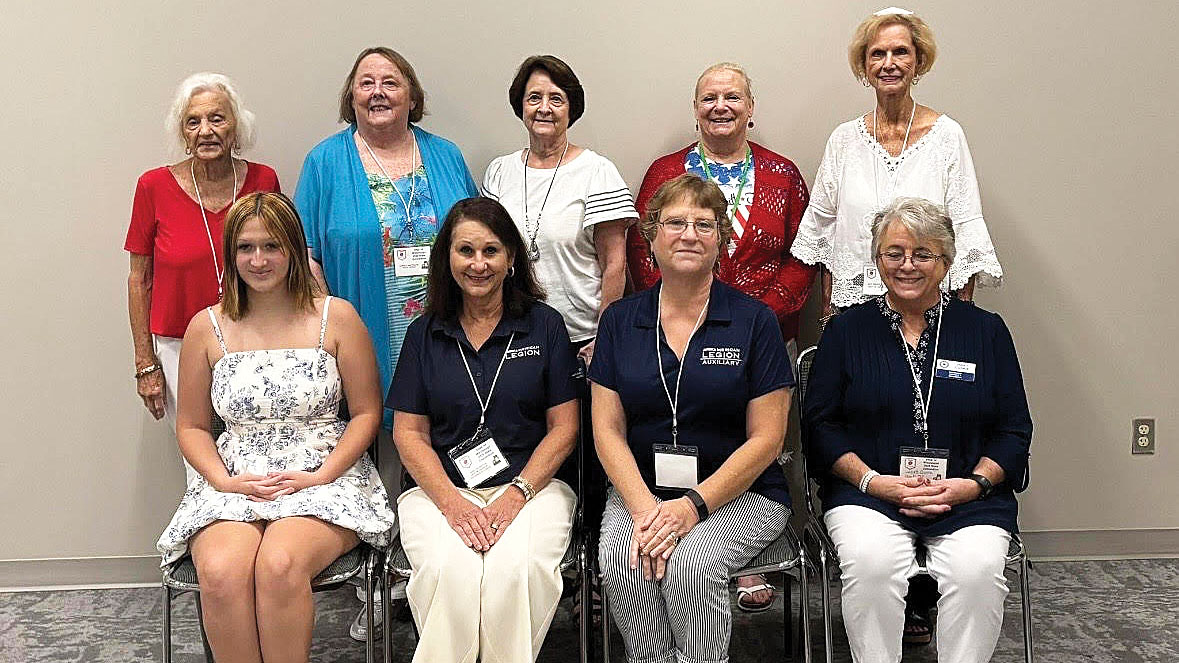Learn and utilize meeting etiquette
Published 9:07 pm Friday, August 17, 2018
Every person should be aware of rules that should be followed as a participant in a meeting.
A lot of people dread meetings at work and feel that they are a waste of time. Some meetings don’t accomplish anything but a well planned meeting with the appropriate attendees and a facilitator who is knowledgeable of proper protocol can be very effective and accomplish a lot.
How you conduct yourself in meetings will leave a lasting impression on other attendees as well as bosses or managers.
Trending
Following are some rules to follow as a professional.
1. Always be on time — Ensure you come on time and be prepared for the meeting. Not being punctual shows disrespect and interferes with the flow of the meeting. You will also miss out on things covered and someone will have to repeat things you missed just for you. If you are consistently late you will be viewed as a disorganized, ineffective person.
2. Make introductions — Don’t assume everyone knows everyone else in the meeting just because they all work for the same organization.
3. Preplan the agenda — If you are in charge of the meeting, the Boy Scout/Girl Scout motto “Be prepared” is very pertinent. A well-planned agenda and competent chairperson will keep the meeting on track.
4. Participate by speaking up — When audience participation is asked for, it is helpful for attendees to speak up with their ideas and questions. Many times participants don’t speak loudly enough to be heard. This is very frustrating to other people in the meeting. When the chairperson does not speak loudly enough for all attendees to hear it creates discontent and confusion. Unless instructed to save questions to the end, do not wait until the end of the meeting to ask your questions.
5. Put your phone away — Do not answer your phone, make calls, text or email during meetings. It is disrespectful to the meeting coordinator/facilitator and to other participants. Don’t keep your phone out on the table during meetings even if it is silenced or turned off.
Trending
6. Follow the dress code — The chairperson for the meeting or manager in charge determines what the appropriate dress code is. Understand the company’s policies on professional dress, business casual, business formal, etc.
7. Listen attentively — Be an active listener and take notes during the meeting. Many of your potential questions may be answered as the meeting progresses.
6. Eating and drinking — Before drinking or eating during a meeting check to be sure it is allowed. It can be disruptive to others.
7. Clean up after yourself — If you were eating or drinking during the meeting you need to clean up after yourself before leaving the meeting room. Leave things the way you found them.
8. Don’t bring guests — If someone should attend the meeting the chairperson will invite them. If you want to bring an uninvited guest, ask permission of the chairperson before coming to the meeting.
9. Bring your business cards — Especially if the meeting includes outsiders, guests ,vendors, etc., it is important to make your business cards available to attendees.
10. Avoid nervous habits — Nervous habits like tapping your pencil on the table, clicking a pen, drumming your fingers, rustling papers, etc. make you appear nervous or bored, neither of which are good for your image.
Robert’s Rules of Order is a time-tested standard, providing common rules of parliamentary procedure for all types of meetings. It was written by Henry Martin Robert in 1876. The newly revised and updated edition was published in 2011
We all live in a fast-paced environment with not enough time to get everything done that needs to be taken care of in a day. No matter what your opinions are in regard to meetings, it is important to conduct yourself in a professional and respectful manner. Behaving appropriately in public will earn you the respect and appreciation of others. It will also help to maintain the decorum of the workplace.
Becky Vaughn-Furlow retired from Trustmark Bank as executive vice president and human resources director. She can be contacted by emailing bvaughnfurlow@gmail.com.





